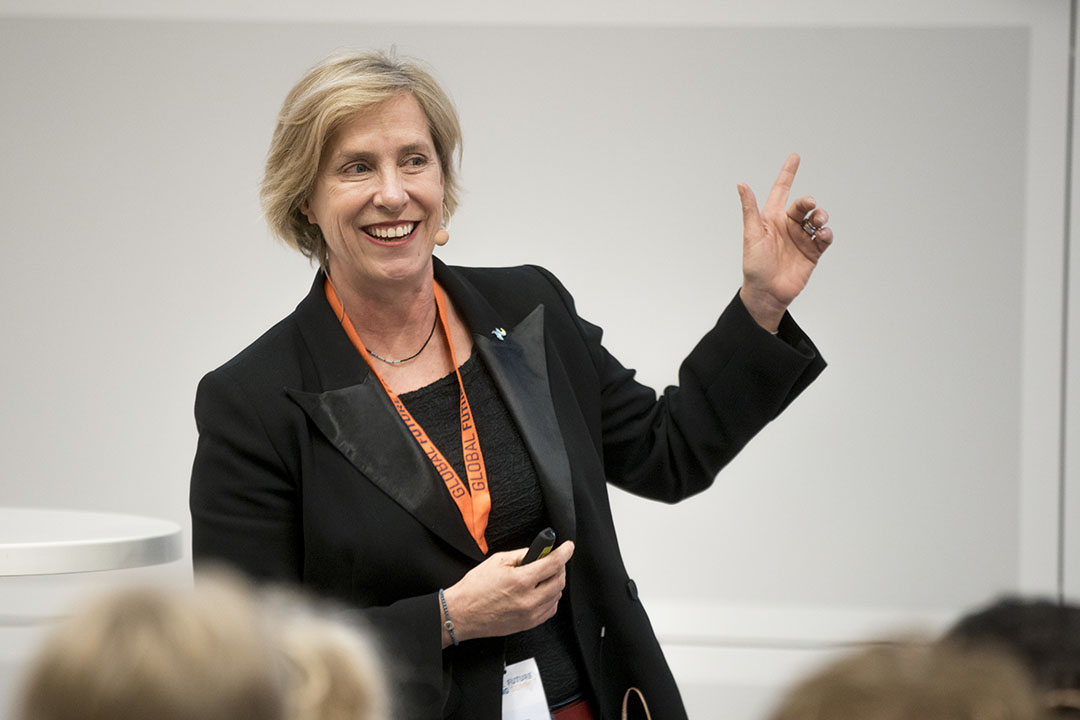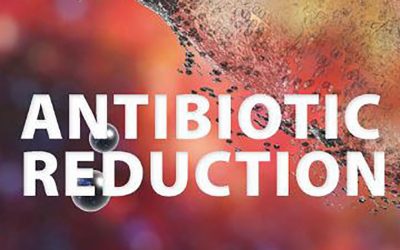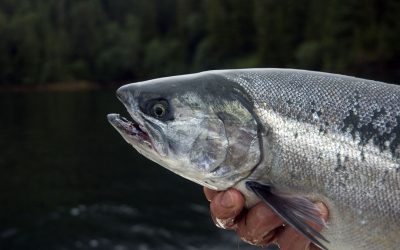Farmer at the core of precision farming revolution

The Global Future Farming Summit at Wageningen Campus, the Netherlands saw experts and agricultural professionals from all over the world discuss the challenges facing precision agriculture, and the opportunities it provides.
During the Summit, organised by Proagrica and Wageningen University and Research Centre and held on 6 November 2018, an impressive line-up of speakers addressed the crowd on an array of themes, such as big data, artificial intelligence, sustainability and investment opportunities.
The main question being:
How can precision agriculture help to produce more food using fewer resources, while taking into account social demands and the environment?
After a day of insightful presentations and lively debate, one conclusion became apparent:
No matter how good and innovative new precision agriculture is, nothing will happen without the farmer. He is at the core of the ‘precision agriculture revolution’.
The industry is faced with the challenge to develop technology that is practical in use, delivers instant value for the farmer and is compatible with the vast and ever growing amount of hardware and software currently present in the market.
Fear is easy
One of the problems is overcoming man’s natural resistance against new technology, argued Prof Deborah Nas, Professor of Strategic design for technology-based innovation at Delft University of Technology. Envisioning the benefits of new technology is difficult, feeling fear however is a natural reaction and therefore easy. “We evaluate technology based on our own experience,” she said. And that limits our ability to embrace new technology.
Make it look like old technology
At the same time, a farmer may not only feel ‘fear’ to do things otherwise, he or she may also be confused, said Prof Nas: “On one hand, he sees an enormous amount of data and technology, while on the other hand he still has his boots in the mud, so to speak.” In other words, for a farmer it is difficult to see the connection between hi-tech innovations and his daily practice. Deborah Nas also provided an answer to the question how to make a farmer lose his fear for new technology: “Make it look like old technology. For instance, a Tesla car looks and feels like a normal car, which has been around for ages. However, the technology underneath is nothing like it.”
Conditional automation
Vik Vandecavaye from CNH Industrial also talked about technology and updated the audience on the developments in agricultural machinery. “The next big step is moving from partial automated tractors (still with human driver) to conditional automation (no human driver anymore). Vandecavaye also touched on the look and feel of futuristic machinery. In line what Prof Nas mentioned earlier; that it helps farmers to make new technology look like old technology, Mr Vandecavaye showed a few pictures of driverless tractors that still look like normal tractors. “Although farmers like this, it may not be the most efficient way to design future tractors. When you make it smaller it leads to higher utilisation, less CO2 output, increased safety and increased yields among others.” So it is important to make sure that the farmer embraces new technology, in order to create data and to increase yields and efficiency to be able to increase global food production by 70% in 2050. But how to use that data then? So far, many agtech companies put a lot of energy in protecting the data. And that doesn’t help, said Claudia Roessler, Director Industry Solutions for Chemical and Agriculture at Microsoft Corporation. “For the best results, technology and data should be accessible and compatible,” she stated.
Microsoft want to secure data sharing
Microsoft aims to connect farms and their data, secure food safety, provide intelligent advisory to farmers and, above all, secure data sharing. Microsoft Farmbeats Technology is a good example that is doing just that. It keeps precision agriculture – relatively – simple, by using fewer sensors on the farm for instance. “Imagery from a drone or camera tells you where sensors are actually needed,” explained Ms Roessler.

Another example is what Microsoft calls Internet of Things (IoT) on the edge: systems that keep the data on the actual device (in the tractor, for instance) and are able to react instantly on threats such as diseases they see on the farm. Not all data needs to be uploaded in the cloud for analysis, after all. Much of it can instantly be used to address occurring problems on the farm. Ms Roessler said that in the future consumers expect to be able to track their food. That’s where blockchain technology comes in. Microsoft currently works on this with Bühler.
We tell farmers to do just that: let it go. Learn to trust data
Ms Roessler also mentioned the trust issue. “Trusting data is difficult for a farmer. There’s 10,000 years of tribal knowledge in agriculture. That’s hard to let go. But we tell farmers to do just that: let it go. Learn to trust data.” At the same time, she mentioned that besides sharing, the data also needs to be secured. “As sometimes you will partner with firms that can be a competitor as well. And how do you deal with this?” she said.
Immediate value of data
How can a farmer become convinced to trust data? It starts with showing the immediate value of the data, said Matt Waits, CEO of agricultural software developer SST Software. This company was acquired by Proagrica earlier this year which made Waits become Proagrica President of the Americas. “At the moment, farmers are not very diligent in collecting data. The reason is obvious: they’re not seeing immediate value and asking farmers to collect data for possible future value is just not good enough. Direct value of data is what farmers want. We as an industry have not done a good job showing the value of precision agriculture to farmers.”

One problem there is lack in connectivity. Waits: “No single company provides one complete solution for any farmer’s needs. So, data is spread. Integration of data is absolutely necessary.” Today, there are 600 to 700 agtech companies, said Waits, who all provide different solutions. “Farmers therefore use all kinds of different tools. So, there is no single truth.”
Clean up the data mess
Proagrica/SST Software tries to clean up this “data mess” using a arable domain model. The company developed a connectivity platform for data. It collects data form all kinds of different sources, cleans it up, enriches it – using weather data for instance – and then standardises it. With this a solid recommendation or advice can be given to a farmer. That makes data more accessible, applicable, easier to use and more efficient. In return, the farmer will sooner see the value and adopt the technology.
Connecterra’s Yasi Khokhar had a similar message. “The limits of mechanised farming have been reached. But has the farmer changed?” he asked the audience. Worldwide, there are roughly 1.0 billion people involved in dairy farming, Mr Khokhar stated. “But 80% of them are small-scale farmers. Do they care about technology?” So, his company turns things around: instead of the farmer learning from technology and data, they let technology learn from the farmer. Connecterra developed Ida (Intelligent Dairy Farmer’s Assistant), a user-friendly app that functions as the farmer’s assistant. It uses Artificial Intelligence to detect cow behaviour pertaining to health, fertility, feeding, heat-stress and more.
Only the data is useless for the farmer
The longer Ida is used on the farm, the more it learns. It will learn the behaviour of cows, the farmer’s daily operations, and then use that data to provide tailored recommendations. Mr Khokhar emphasised that Ida itself is data-less. “Data is useless for the farmer. What a farmer needs, is advice. Ida makes the farmer better at what he does.”

7-day on-farm weather prediction
And farmers need tailor made advice that is telling something about their farm, their management and their crops, emphasised Ros Harvey from The Yield, an Australian AgTech company. “We want to take the guesswork out of growing, and the weather is the biggest guesswork. We use data analytics and artificial intelligence to create a 7-day on-farm weather prediction”, Mr Harvey explained. This company shows that focus should be on the farmer, the problems he wants to solve and which type of data and advice he needs.

Growing use of Artificial Intelligence and Machine Learning
Mr Harvey concluded with giving 5 insights on what the agtech sector will look like in 2025. For starters, there will be a growing use of Artificial Intelligence and Machine Learning. There will be a disruption of traditional approaches to agrifood science. The first generation of truly commercially viable robots will be doing simple tasks. We will also see an increased regulatory and market pressure such as data markets, cybersecurity and transparency on prediction accuracy. And lastly, Mr Harvey mentioned that there will be a shift of focus to emerging markets in the agtech world.















